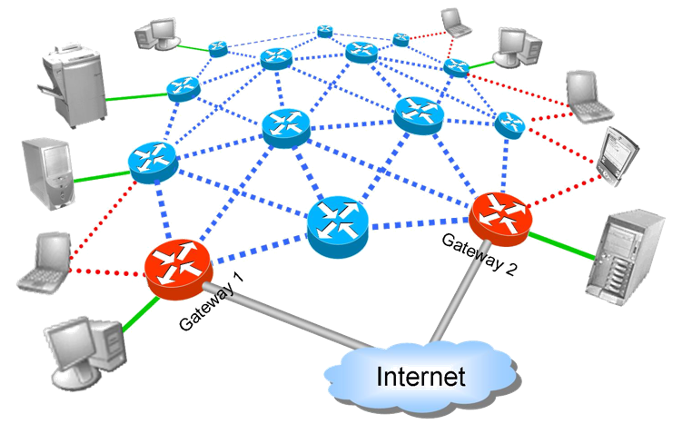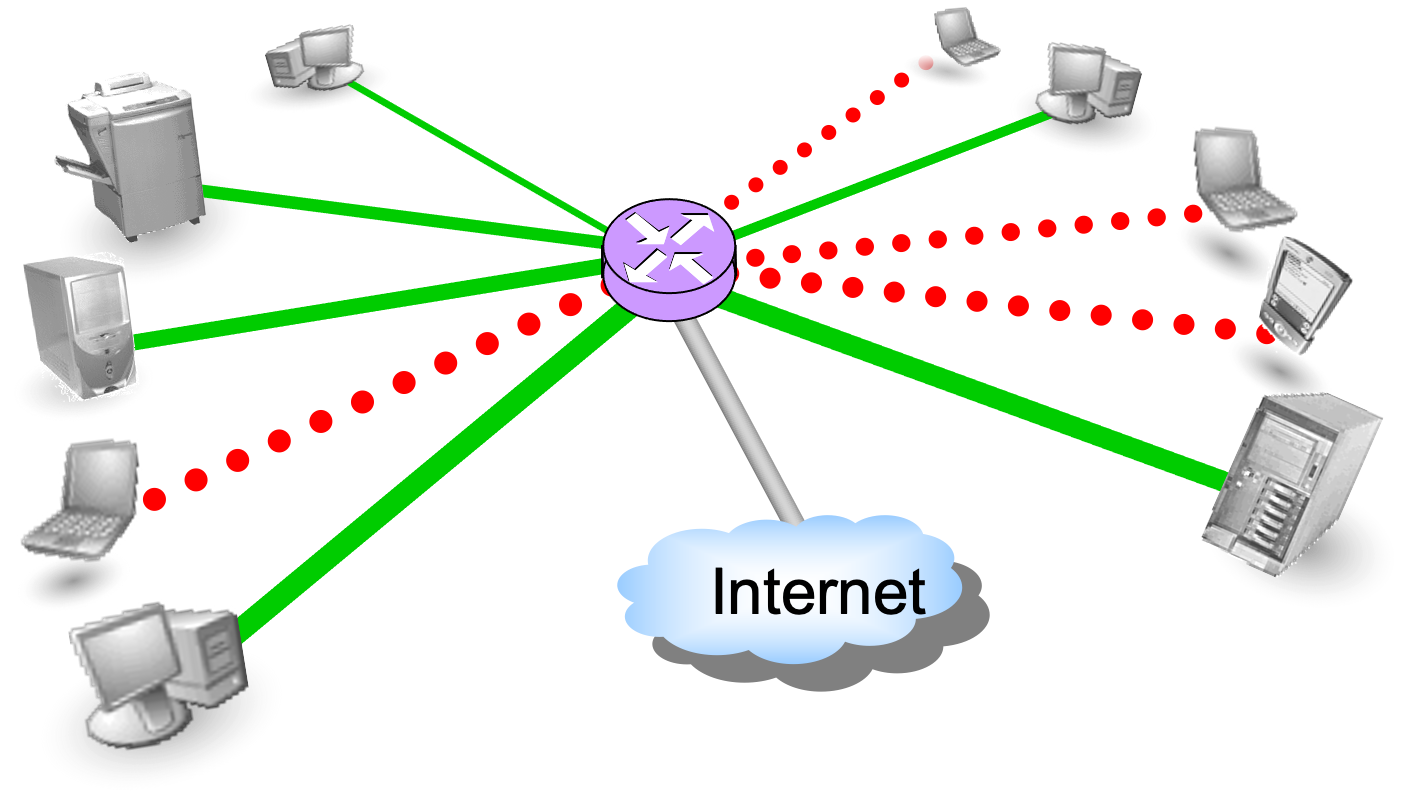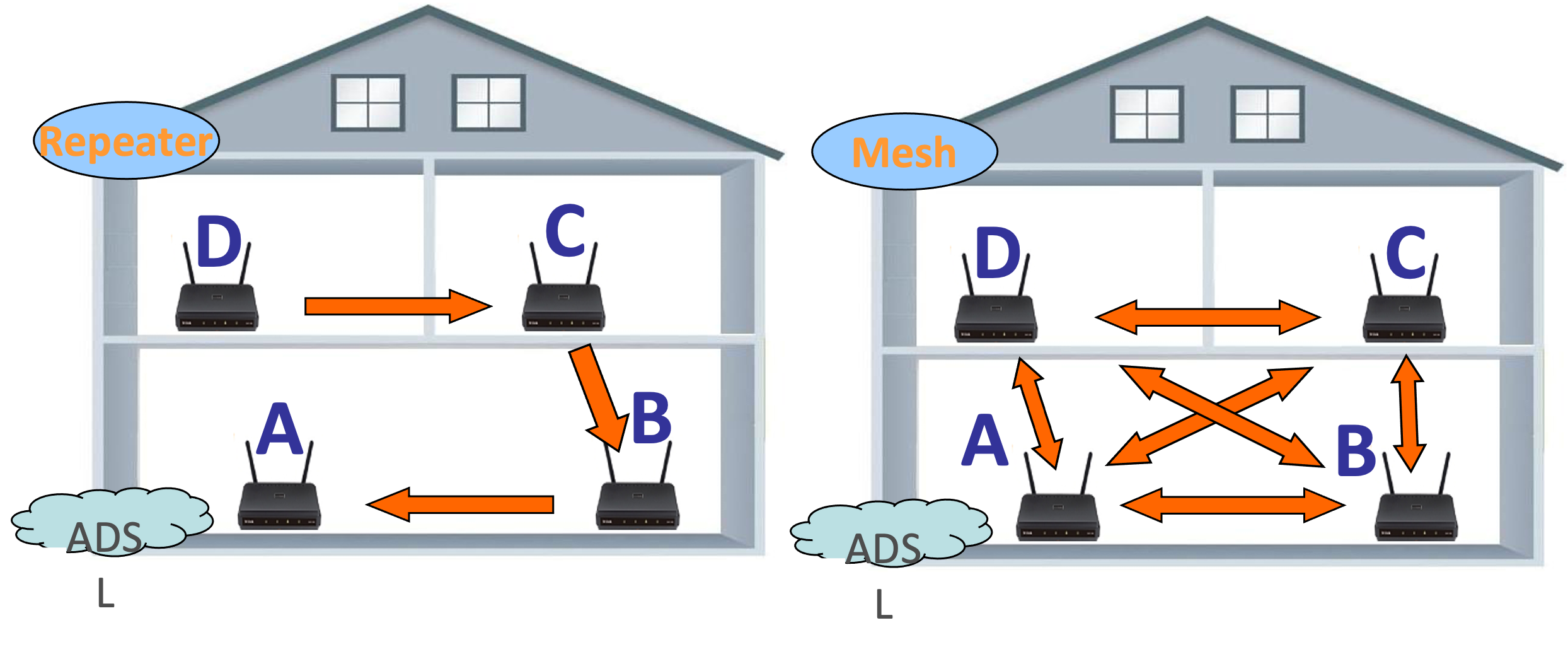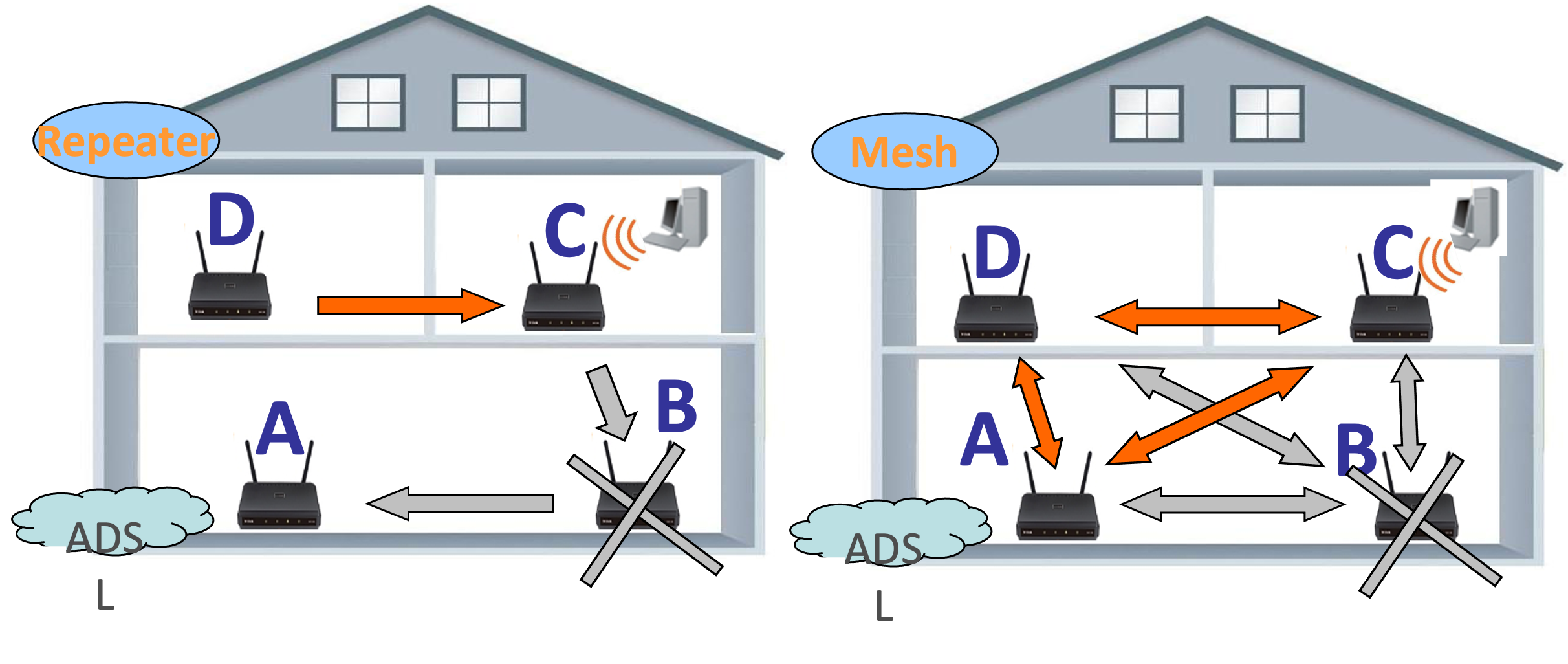What’s mesh?
Mesh overview
- IEEE published the 802.11 amendment for mesh networking, 802.11s, primary goal is targeted to provide more stable better performance for the whole network using more ‘connected nodes’.
- The entire wireless mesh could be treated as a single (giant) Ethernet switch.


- Mesh advantages: simple, fast installation, more suitable for the application:
- Where wires are not desired (e.g., hotels, airports)
- Where wires are impossible (e.g., historic buildings)
Mesh vs. Repeater
- Auto connect: A mesh node can automatically scan nearby mesh nodes and join the mesh network without further configuration.
- More available paths: each nodes in the network can communicate with each other.

- Path recovery: Mesh can resume network traffic if any node breaks down, repeater will have network breakdown if node in between breaks.

Terminology
- Mesh Point (MP)
A station (STA) that implements the mesh facility. A mesh STA that operates in the mesh BSS (MBSS) may provide the distribution services for other mesh STAs.
- Mesh Access Point (MAP)
A mesh station that is collocated with one or more access point(s).
- Proxy Mesh Station (Portal, MPP)
A mesh STA that represents 802 entities outside the mesh basic service set (MBSS).
- Peering
A logical relationship from one mesh STA to another mesh STA that has been established with the mesh peering management (MPM) protocol
- Mesh Gate
A mesh station that has access to external STAs (STAs outside MBSS) called a Mesh Gate. Both MAP and MPP are Mesh Gates
Mesh protocol introduction
Discovering & Peering
-
Mesh nodes discover its one-hop neighbors through passive or active scan, that is listening Beacon or transmit Probe Req.
-
Compare mesh profile (Mesh ID), data rate, mesh capability, etc in Beacon or Probe Rsp to find candidate peer mesh STA.
-
Mesh nodes become “peer” (or “neighbor”) to each other through mutual association.
-
Each mesh nodes maintains a neighbor table
-
Mesh nodes can only transmit data through “neighbor”
HWMP
-
Mesh path selection protocol - Hybrid Wireless Mesh Protocol (HWMP).
-
Proactive tree building mode
- Gate announcement (GANN)
-
On demand mode (AODV)
-
Path request (PREQ)
-
Path reply (PREP)
-
Path error (PERR)
-
-
-
Each mesh node maintains a routing table, in which contains forwarding information: {destination MAC, next-hop MAC, metrics, …}
-
Gate Announcement frame (GANN)
- Used to announce the presence of the mesh gate.
- Mesh gate broadcast GANN for every 3 second.
-
Ad hoc on-demand routing protocol (AODV) steps
-
Source node broadcast a PREQ frame flooding to all mesh nodes
-
Ever PREQ received, mesh node(s) create a reverse path to source
-
When some mesh node knows destination, reply unicast PREP to source mesh node
-

Interworking with the DS
-
When two STAs behind mesh gates (external STA ) need to communicate with each other.
-
Each mesh gate maintains a proxy table, in which contains proxy information { external STA’s address, proxy mesh gate’s address, …}
-
If the proxy information does not exist, do AODV first.
-
These proxy information is carried by PREP, or PUX (proxy update) packet.

Data forwarding - address transform
